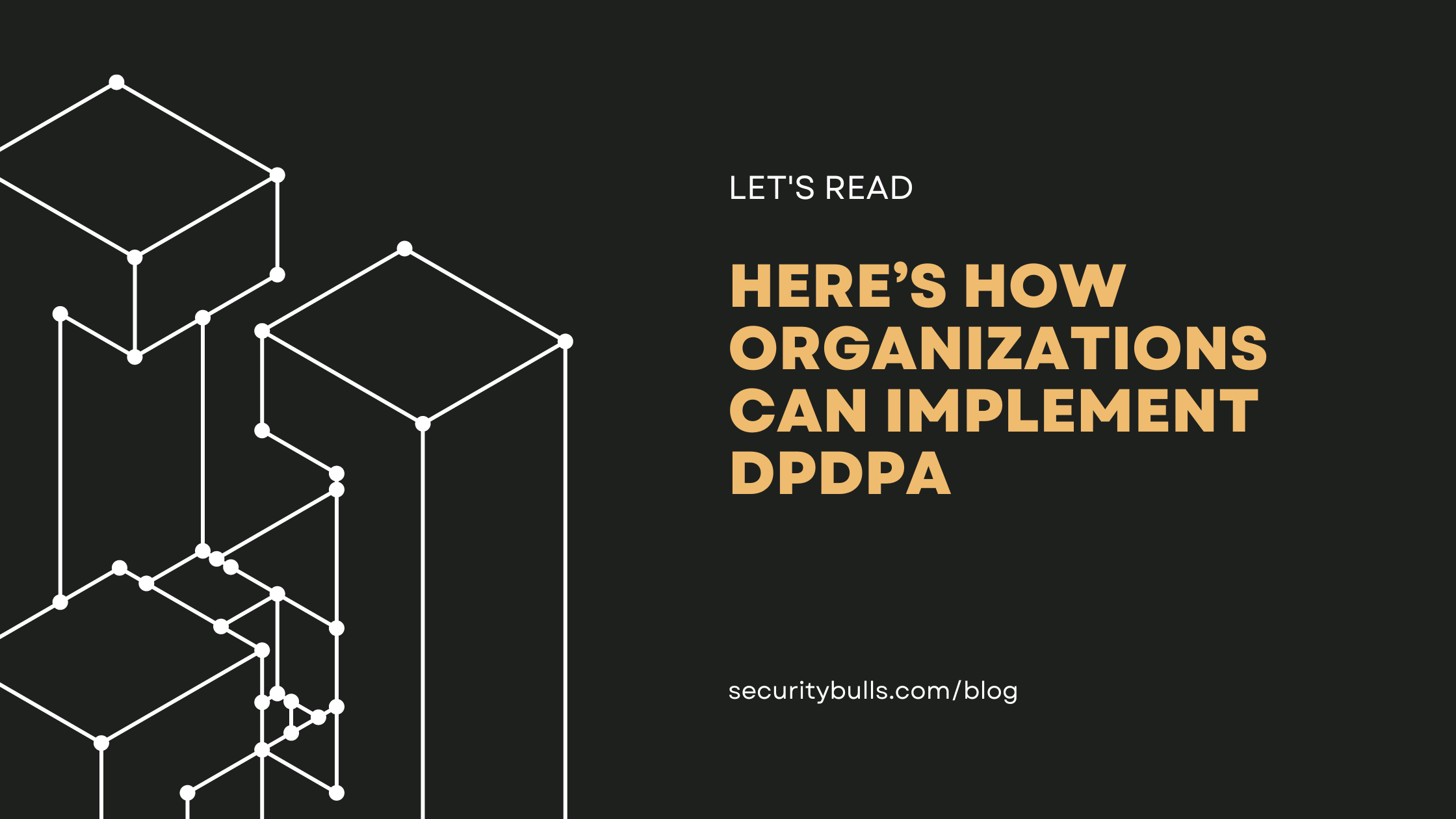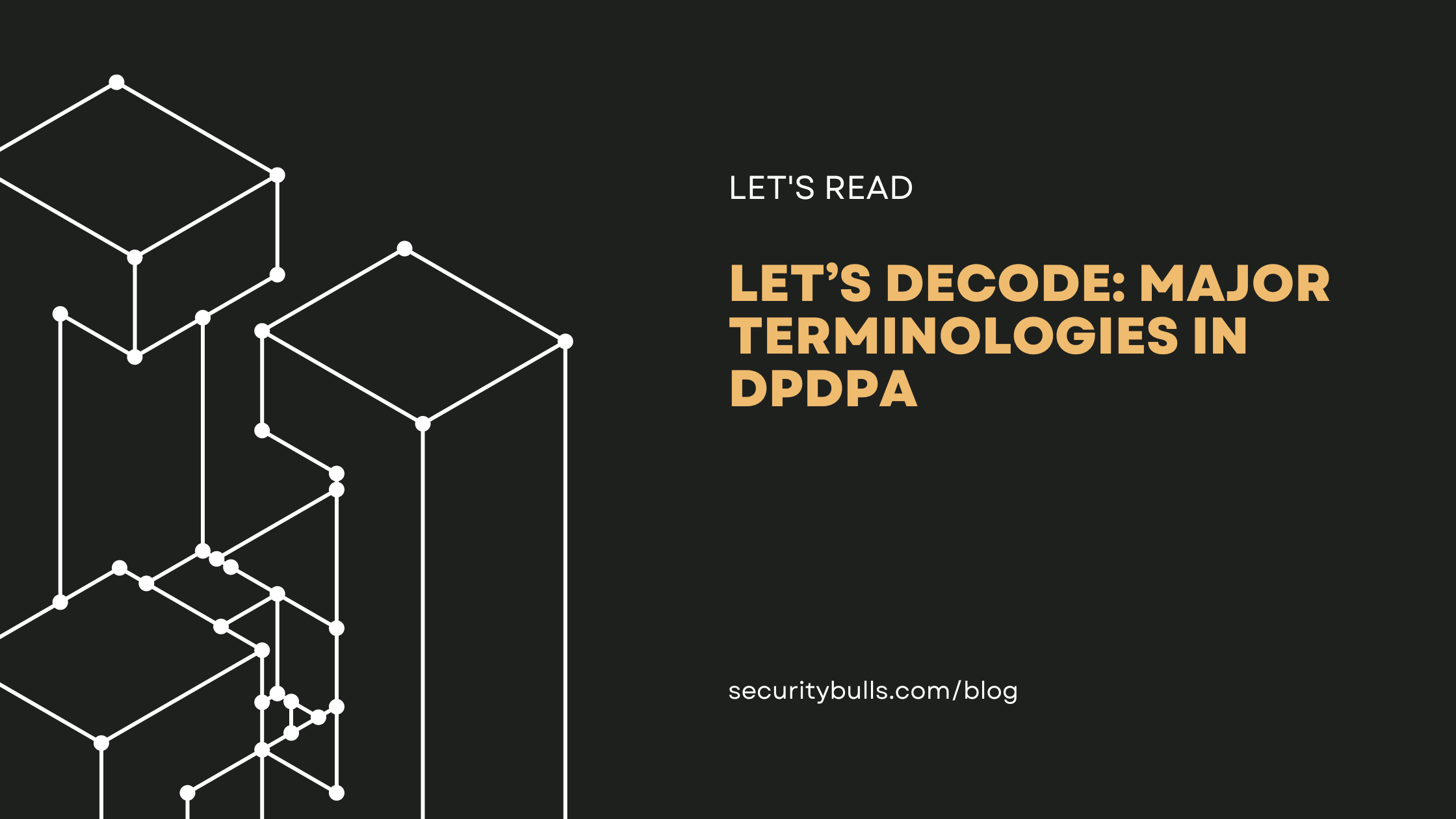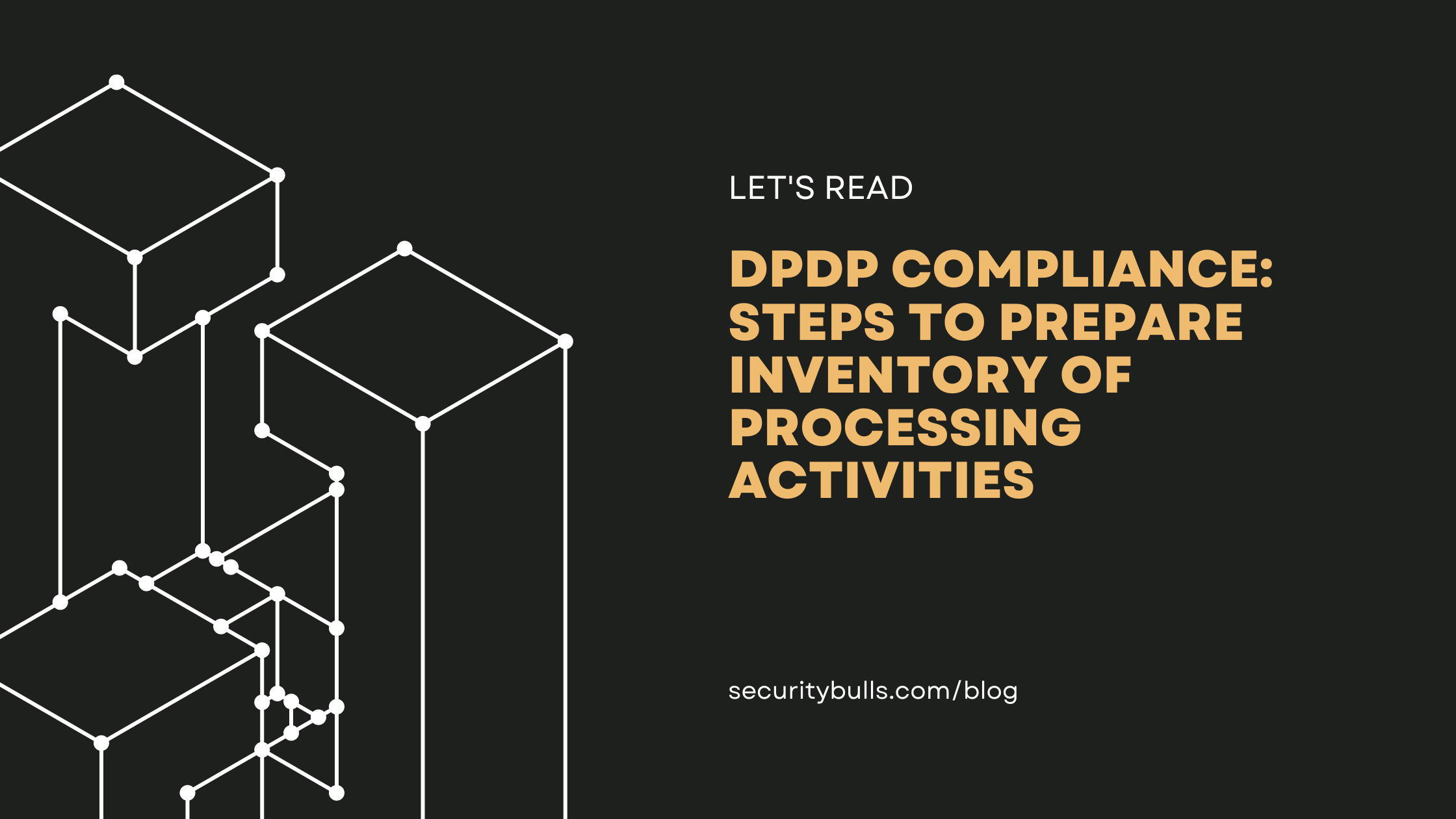Data privacy has joined the compliance bandwagon in India and for all the good reasons. The introduction of the Digital Personal Data Protection Act (DPDPA) has supplied organizations and individuals with a guide to embedding data protection in their respective key activities around personal data. However, since DPDPA is the debutante of data privacy in India, organizations might find it challenging to embed data protection practices into their ecosystem. The good news is that regulations like the EU’s General Data Protection Regulation (GDPR) supply us with enough information and specific solutions to get started. So, let’s unravel what it takes to get started with implementing DPDPA in organizations.
- Ascertain what departments deal with processing personal data: This might seem like the tricky part, because it is! When data is being processed in multiple silos, sorting out which of them process personal data takes ample effort and labor. Additionally, this also requires the project manager to communicate with various departments. But once this is done, we are ready to hop on to the next step!
- Prepare an inventory of processing activities: In order to keep a centralized track of data processing activities, the project manager must devote ample time to the preparation of an inventory of processing information. Primarily, there are two ways in which this document can be prepared. The project manager can state the personal data and add the kind of processing activity it is subjected to. Alternatively, the data processing activities can be listed and the data pertaining to each activity can be added to the inventory. The inventory of processing information is a very detailed and thorough document and we will discuss this in depth in upcoming articles!
- Conduct Impact assessments: Any change in processing activities may or may not bring risk with it. The only way to find that out is to conduct a data protection impact assessment (DPIA). This will help ascertain what risks the change might bring and what are the mitigation steps to tackle the same.
The implementation goes way beyond the above-mentioned steps. However, having a basic understanding of the why and how of DPDPA implementation will help organizations make the most out of the process. For implementation of DPDPA it is crucial to understand the existing security infrastructure of the organization. Following that, one is able to ascertain the changes that have to be brought about in terms of compliance. Securitybulls can bridge the gap between current practices and necessary actions by bringing effective data privacy solutions to the table. Moreover, the granularity of implementation will not only increase consumer trust in privacy practices but also ensure robust data privacy infrastructure. In the upcoming articles, we will unravel the nitty-gritties of DPDPA and its implementation. So stay tuned!





